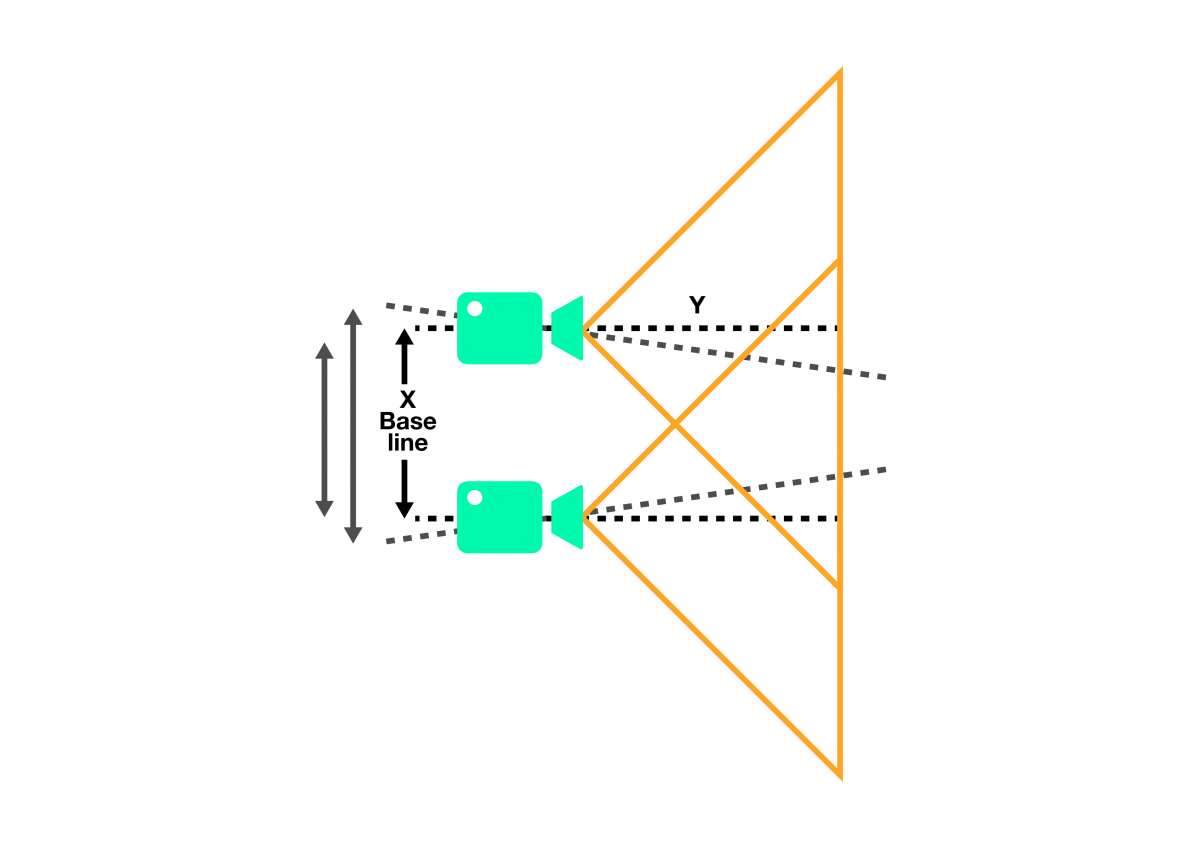
Stereo Applications Need a Dedicated Lens Choosing
Stereo cameras perceive the world in a manner similar to humans; this similarity allows machines using stereo technology to perform and interact like human partners

Stereo cameras perceive the world in a manner similar to humans; this similarity allows machines using stereo technology to perform and interact like human partners
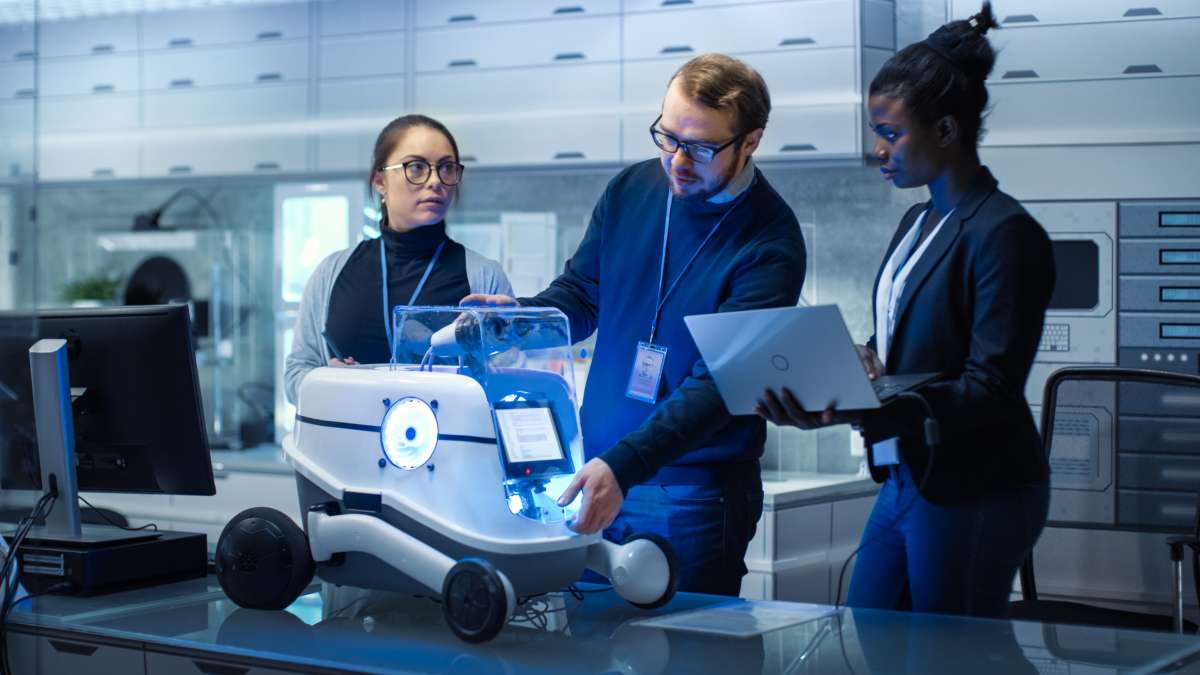
Having a good partner who understands your application and is near by can be a godsend, leading you down the correct path while giving you advice that is specific to your challenges.

Depth Technology is becoming well established in Human Machine Interaction (HMI) and improves the intuitive interaction of humans and machines via real-time gesture detection. In addition, Depth Technology is proving itself in the more traditional fields of industrial automation, 3D-sensing machines, and inspection tasks.
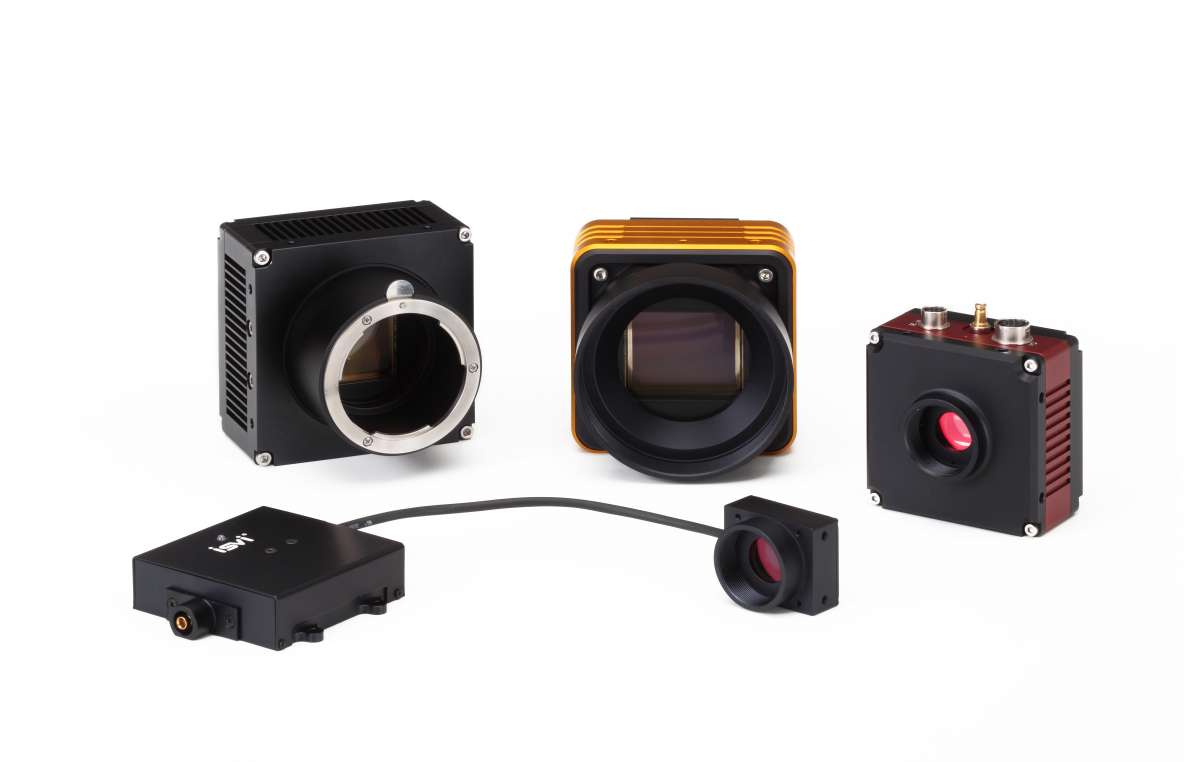
One of the main objectives for visual image processing in production automation and industrial inspection is to achieve maximum data throughput. The increase in resolutions and higher frame rates on the sensor side produce a high volume of data for transmission.

Imaging solutions, whether Industrial, Automotive or Consumer, have all benefited from the dramatic increase in processing power, interface bandwidths and data storage in recent years.
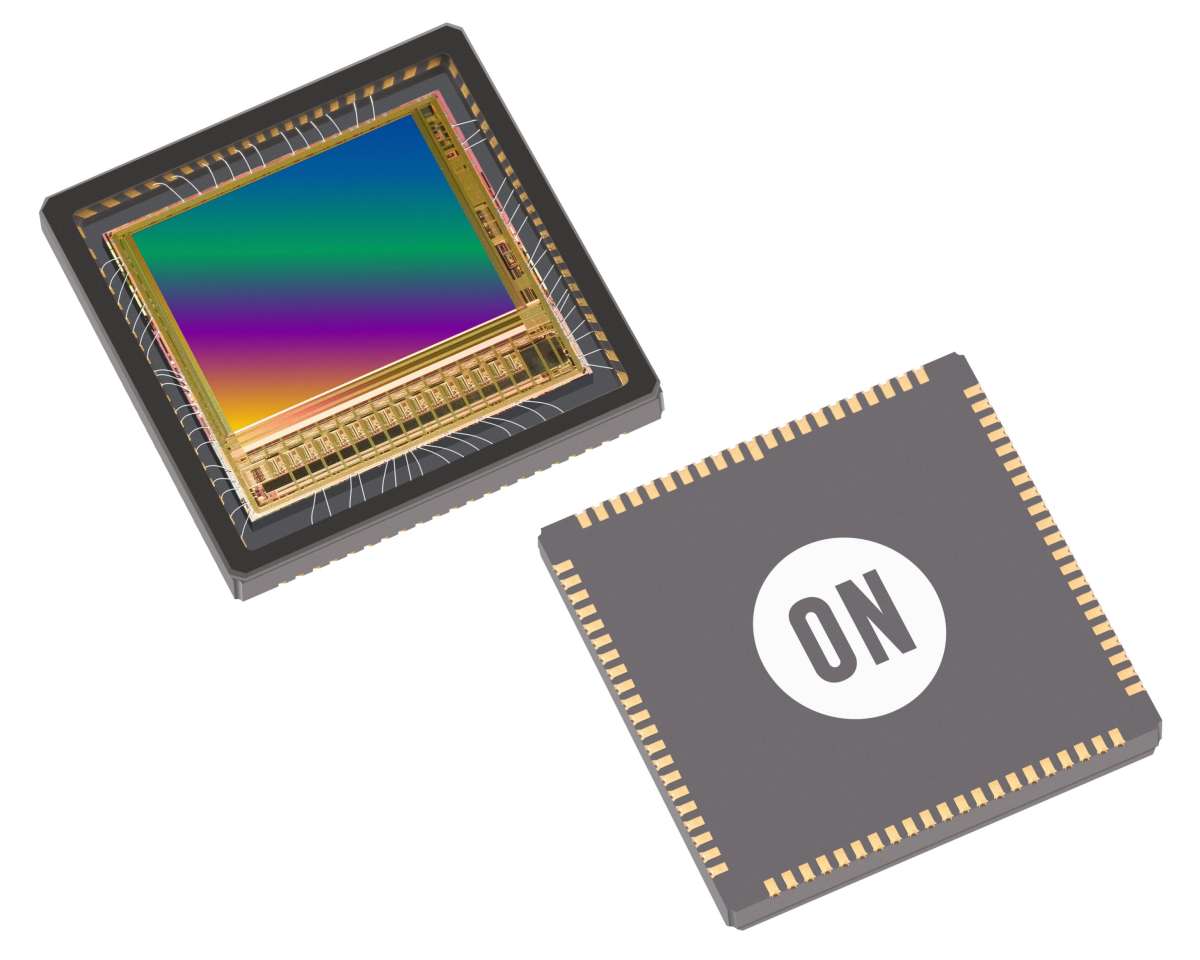
Many customers pose the question about which sensor is exclusively the “best” for their industrial application. The ON Semiconductor’s PYTHON family of image sensors provides a broad portfolio of sensor devices.
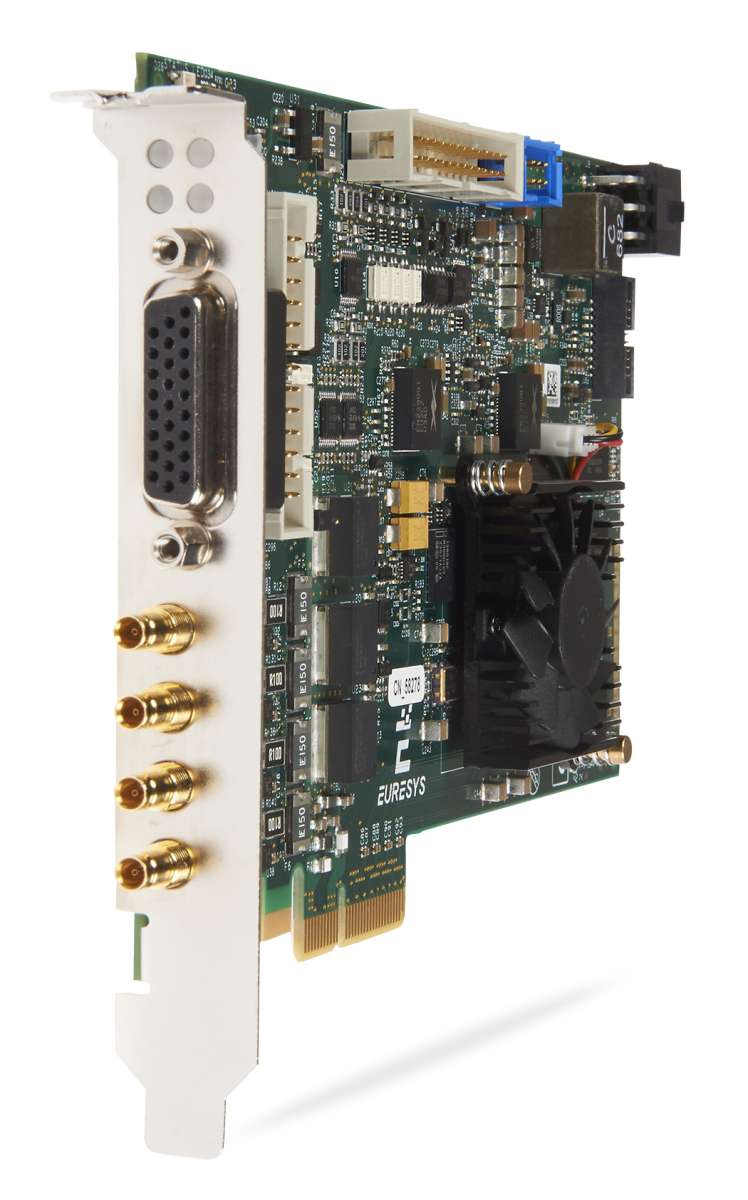
Reaching maximum throughput is one of the crucial criteria in industrial and factory automation. Increasing sensor resolutions and framerates help reaching the goal, but bring bandwidth to their limits and offer new transfer questions.
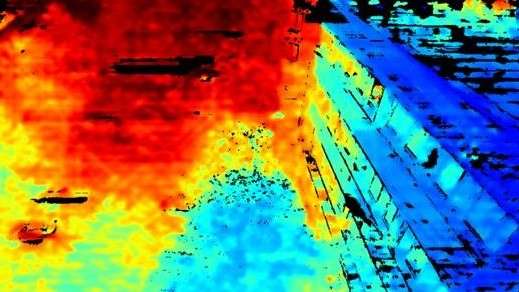
3D sensing technology is a key technology to making human-machine-interaction (HMI) natural, and intuitive. This “Perceptual Computing” adds human-like sensing and intelligence to machines, and enables them to sense, understand, interact, with their environment and users and to learn from one interaction to the next.
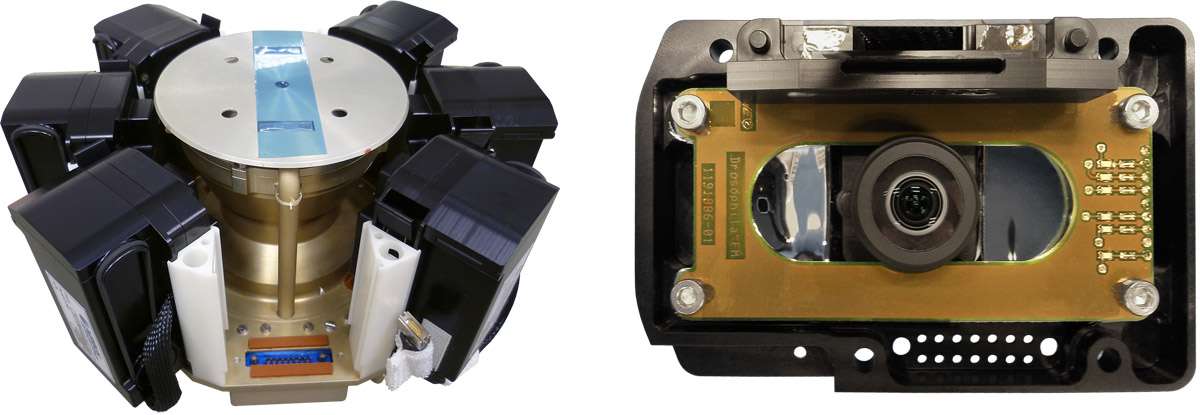
As part of the biological research project “Fruit Fly Lab” from NASA’s Ames Research Center, the Sunex Lens DSL215 has reached outer space. The Fruit Fly Lab provides a research platform aboard the International Space Station (ISS) for long-duration fruit fly experiments in space.
The latest generation of image sensors offers a high resolution of up to 50 megapixels, fast frame rates of over 300 fps, a greater bit depth and a high dynamic range. The higher volumes of data associated with these image sensors can only be transferred through a significant bandwidth increase. 10GigE is the answer to the demands of the vision industry for high speed data transfer. Its the perfect candidate for Applications in Broadcasting, Science, Telecommunications, Data communication, Industry with fast-moving items, Entertainment, Sports and Military.

The relevant information in many vision applications is encoded into the color of the scenery. This information in normal color cameras is extracted based on the three standard color channels; red, green and blue (RGB), respectively. This color reproduction technique is an approximation and it is often insufficient to reliably solve a given machine vision problem. Hyperspectral imaging overcomes this limitation by providing a greater number of spectral bands, while maintaining an adequate spatial resolution.
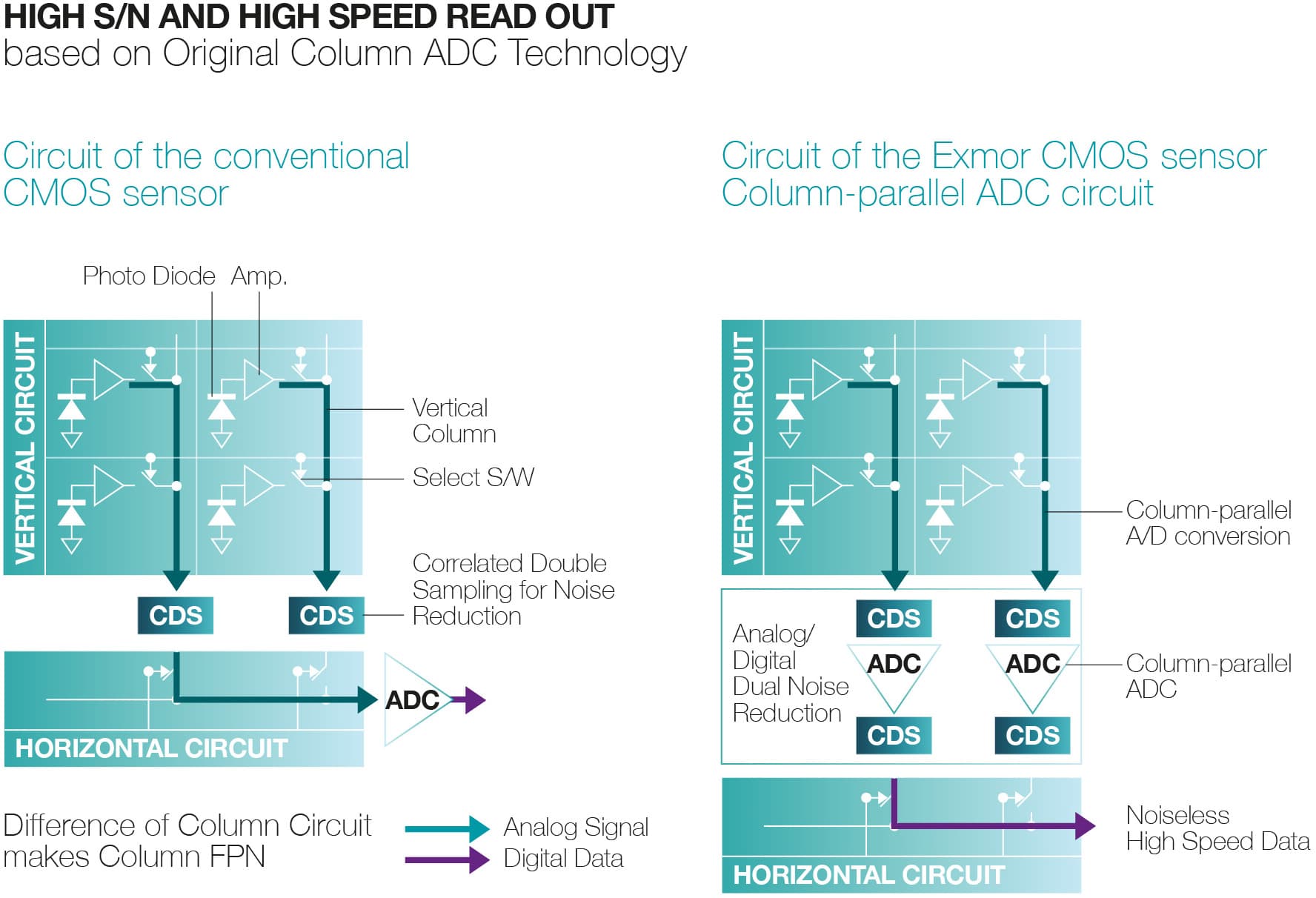
This article will go through the evolution of this technology and explain some of the benefits of it. It will help your decision on how to transition your current CCD design to use a Sony Exmor CMOS sensor.
Locations
Contact Us
Monday – Friday
9am – 5pm
Newsletter